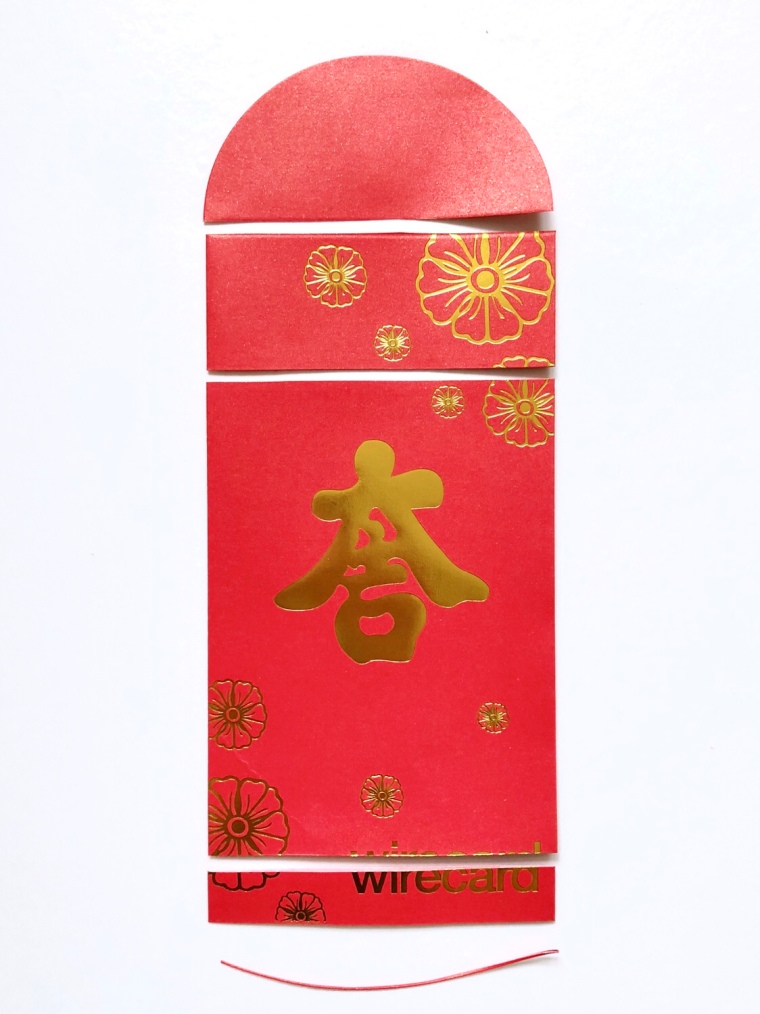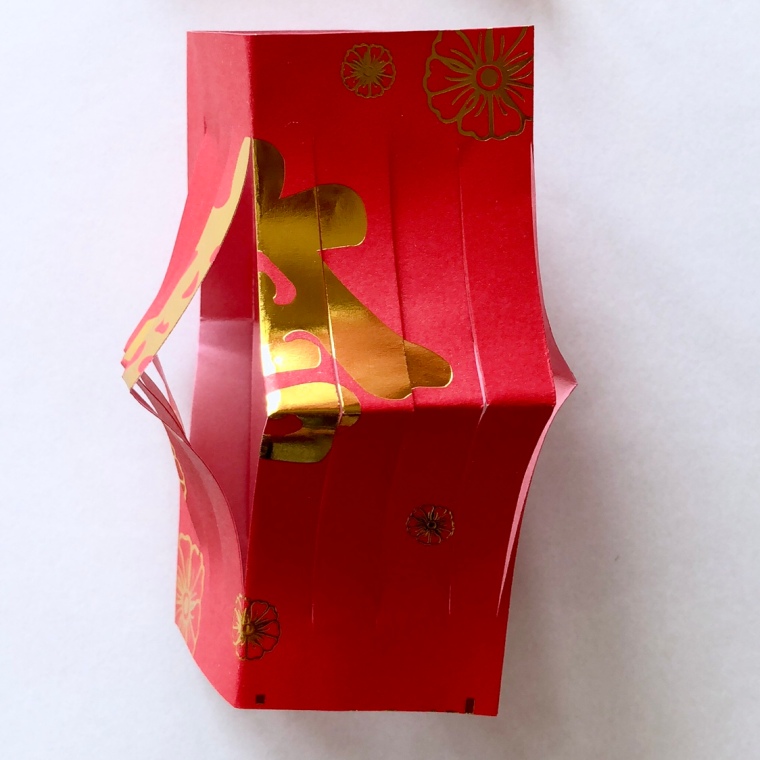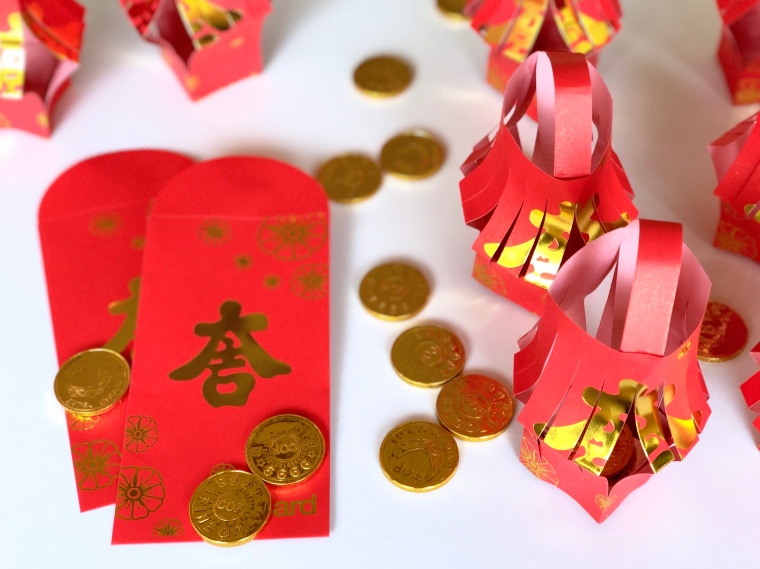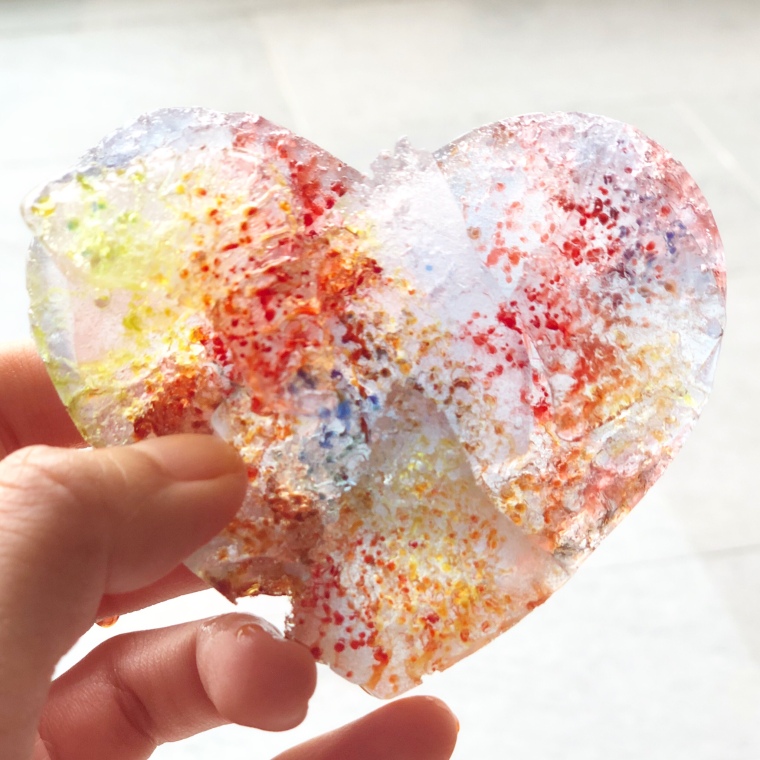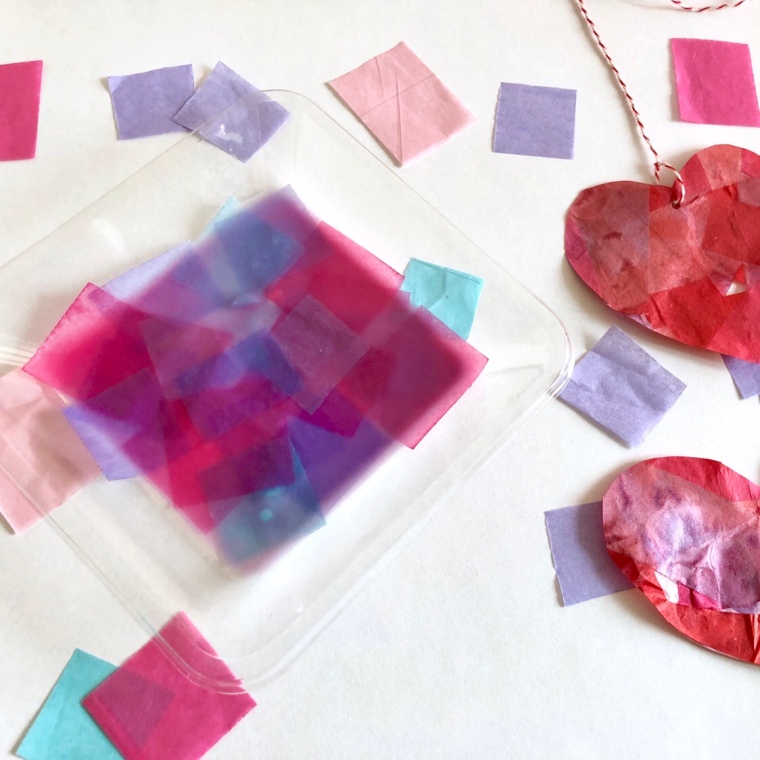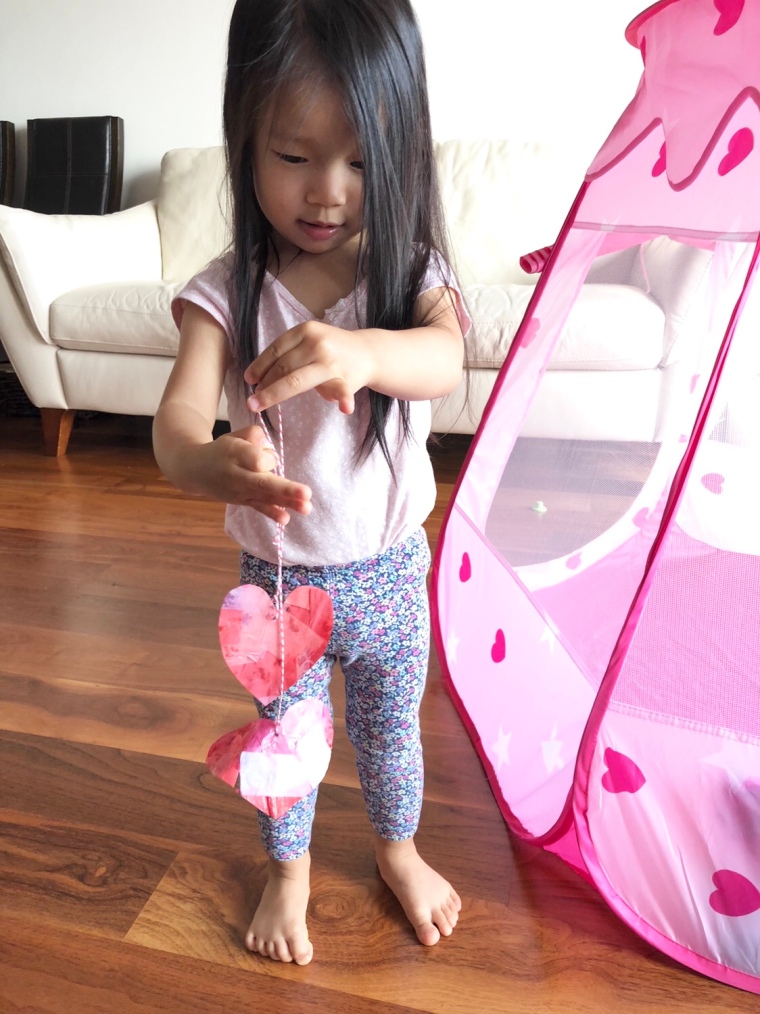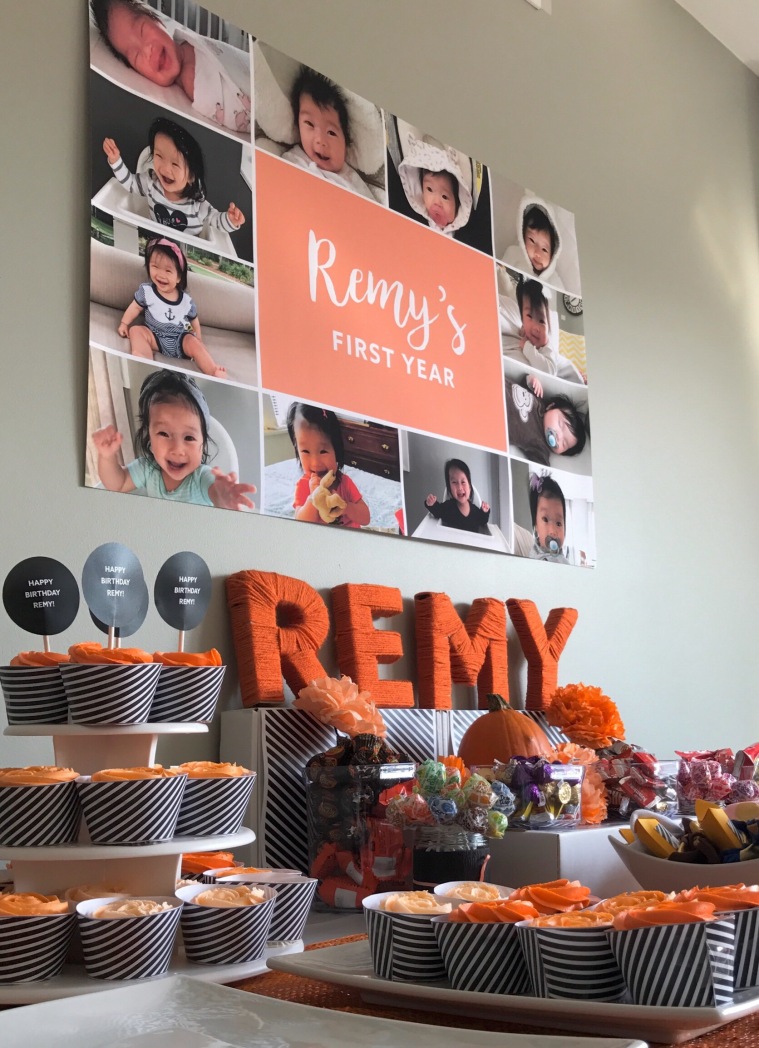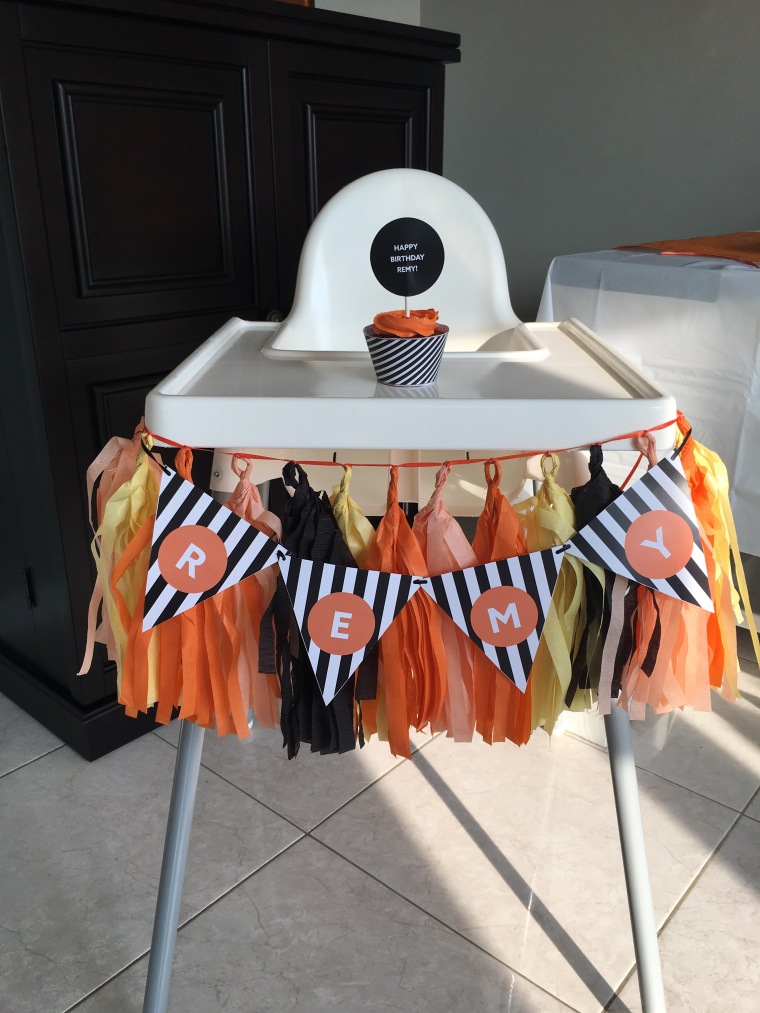“Thank you for your enrollment application for our Kindergarten. We would like to invite you and Remy to school to meet with one of our teachers. It will be a good opportunity for parents to have a further understanding of the school and a chance for us to get to know your child.”
The Dumpling got invited for a school interview, but my initial excitement upon receiving this email was quickly replaced by bewilderment—mostly wondering what on earth would they ask a two year old?!
Friends and family have warned me before my relocation to Hong Kong that its education system is extremely competitive, but I shrugged it off. While enrolling her into a decent school is a priority, enrolling her into the best school isn’t. It was never my intention to leave the education, discipline, and upbringing of my child solely in the hands of teachers; being a supportive and involved parent is just as important. This may also be an unpopular opinion in Hong Kong, but I don’t believe that academics is the golden ticket to success…good grades can only get you so far in life.
The primary reason why I want to get her in ASAP is so she can develop social skills with other kids, a lesson that I will never be able to provide.
(And so I can catch a break everyday.)
I received the invitation last Thursday. The meeting was scheduled for this past Monday. Prepping the Dumpling did cross my mind, but I decided against it. I didn’t even bother Googling what these interviews are like… it’s not like we can cram or pull all-nighters together. If there was something she couldn’t learn in the last 26 months of her life, I doubt four days would be a game changer.
On the morning of the big day, I dressed her in a cute pink floral outfit, gave her a cookie (as a bribe to be a good girl), and off we went.
Upon arrival, the school receptionist asked what the Dumpling’s primary language is. When I replied that she understands both Cantonese and English, a Cantonese teacher greeted us and started conversing with my daughter.
We had a lackluster start because the Dumpling wasn’t very responsive. When she did speak, it was in English. The teacher then suggested meeting with the English teacher instead. At that moment, I realized how important answering the language preference question was on the application. Maybe it was because I was there instead of jigg since the Dumpling prefers to speak English with me and Cantonese with her dad.
The English teacher then brought us to an office, a type of room where I imagined a kid would go to when he/she gets in trouble. She had a box of materials such as color pencils, books, toys, stickers, paper, etc. The set up looked serious.
Object Recognition
The teacher first took out an ABCs book and asked the Dumpling to name the fruits, objects, and animals on each page. The Dumpling flew through each one since the pictures were typical ones found in most children’s books.
Color Recognition
Next the teacher gave the Dumpling a piece of paper, took out a set of color pencils, and handed them to the Dumpling one by one. As the Dumpling scribbled, the teacher asked her to name the colors: red, orange, yellow, blue, green, purple, pink, brown, purple, and black.
We had one hiccup; there wasn’t a white pencil so the teacher pointed to the paper and asked what the color of the paper is. The Dumpling misinterpreted and started doodling on the spot that the teacher pointed to. After two more attempts, the teacher moved on. I understood why the Dumpling was confused, but held my tongue since I didn’t want to come off as a helicopter mom.
Number Recognition
For the following exercise, the teacher shuffled a set of flashcards with 1 through 10 and asked the Dumpling to read the numbers. She breezed through them since we just finished number recognition recently.
Shape Recognition
Flashcards of various shapes were presented for identification. The Dumpling got every one: triangle, rectangle, circle, square, diamond, star, heart, and hexagon. Yes, there was a hexagon in the deck. I was patting myself in the back for that one because jigg thought it was a useless shape to teach a toddler. HA, proved him wrong!
Counting
The teacher then took out a basket of chips and asked the Dumpling to count with her. I immediately knew my daughter wouldn’t be able to do this yet; but I nonetheless let the teacher lead. After a few attempts, I stepped in and explained that we were still working on this concept.
Miscellaneous Questions
Various one-off questions were also scattered throughout the interview, such as:
- Is the elephant big or small?
- What is your favorite color?
- How old are you?
In the end, I asked the teacher how the interview will be evaluated. She replied that it’s not really what the child knows but how he/she communicates and interacts. Her answer sounded suspiciously incomplete but I didn’t press. If the assessment were purely subjective, what was the point of all those tests?!! Regardless of the results, I was so proud of my daughter and gave her three cookies on our way home.
I already knew ahead of time that the kindergarten was completely full. The interview was just something to cross off the application process in the event that a spot opened up. In the meantime, I intend to join a parent-accompanied play group that meets three days a week. I really do miss the U.S. where I can just drop the Dumpling off at daycare for 10 hours everyday. If one can be found here, please take my money!
(I finally did Google what the nursery school application process is like in Hong Kong…this shit is insane!)














